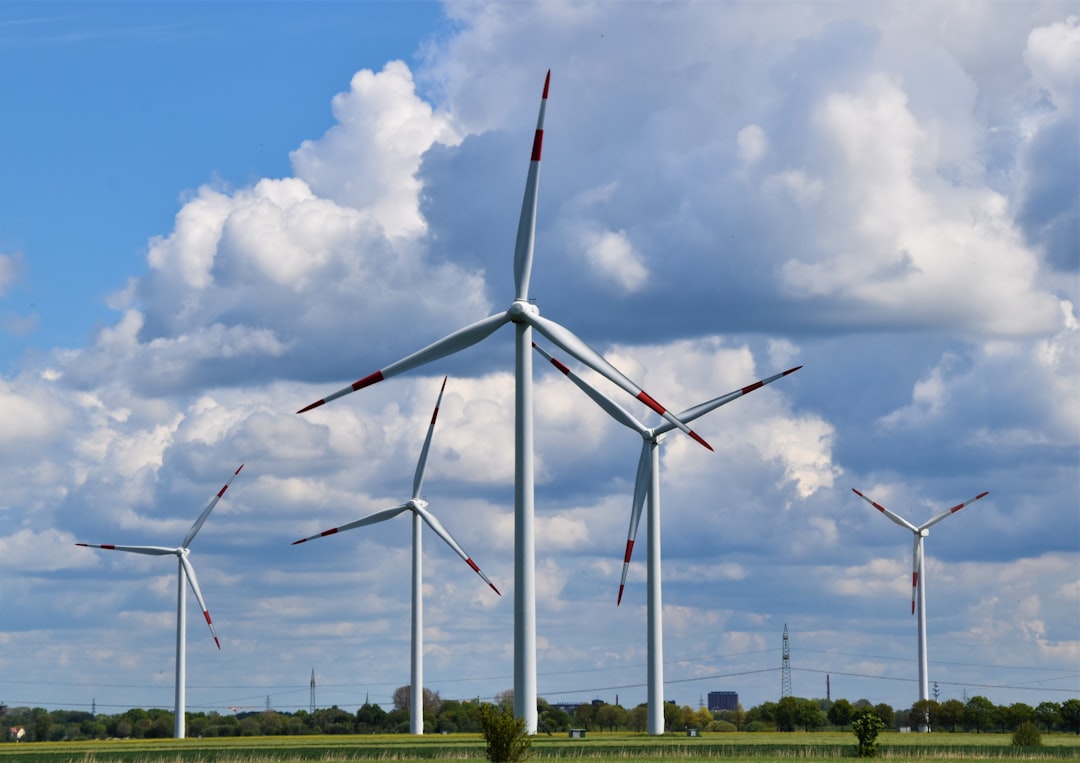What is it about?
Novel analytical technique using X-rays to visualize buried layers and interfaces of ultra thin films.
Featured Image
Why is it important?
Exotic functions and properties of the materials in the ultra thin film forms are quite often influenced by some inhomogeneity of the structures, particularly at the interfaces. So far, there have been no good methods to see buried structures in the ultra thin films in non-destructive manner. The present technique can help scientists to solve many existing problems.
Perspectives
The present method is a promising extension of X-ray reflectivity technique, which are widely used both in sciences and in industries as a versatile tool to measure the thickness of ultra thin layers in multilayered systems. So far, the information has been just an average over the wide area. Now one can do the analysis with spatial resolution. The method provides micro area information even without the use of micro beam. I would believe that the method can be applied to a variety of function materials and some smart devices.
Kenji Sakurai
Read the Original
This page is a summary of: Interface-sensitive imaging by an image reconstruction aided X-ray reflectivity technique, Journal of Applied Crystallography, May 2017, International Union of Crystallography,
DOI: 10.1107/s160057671700509x.
You can read the full text:
Contributors
The following have contributed to this page










